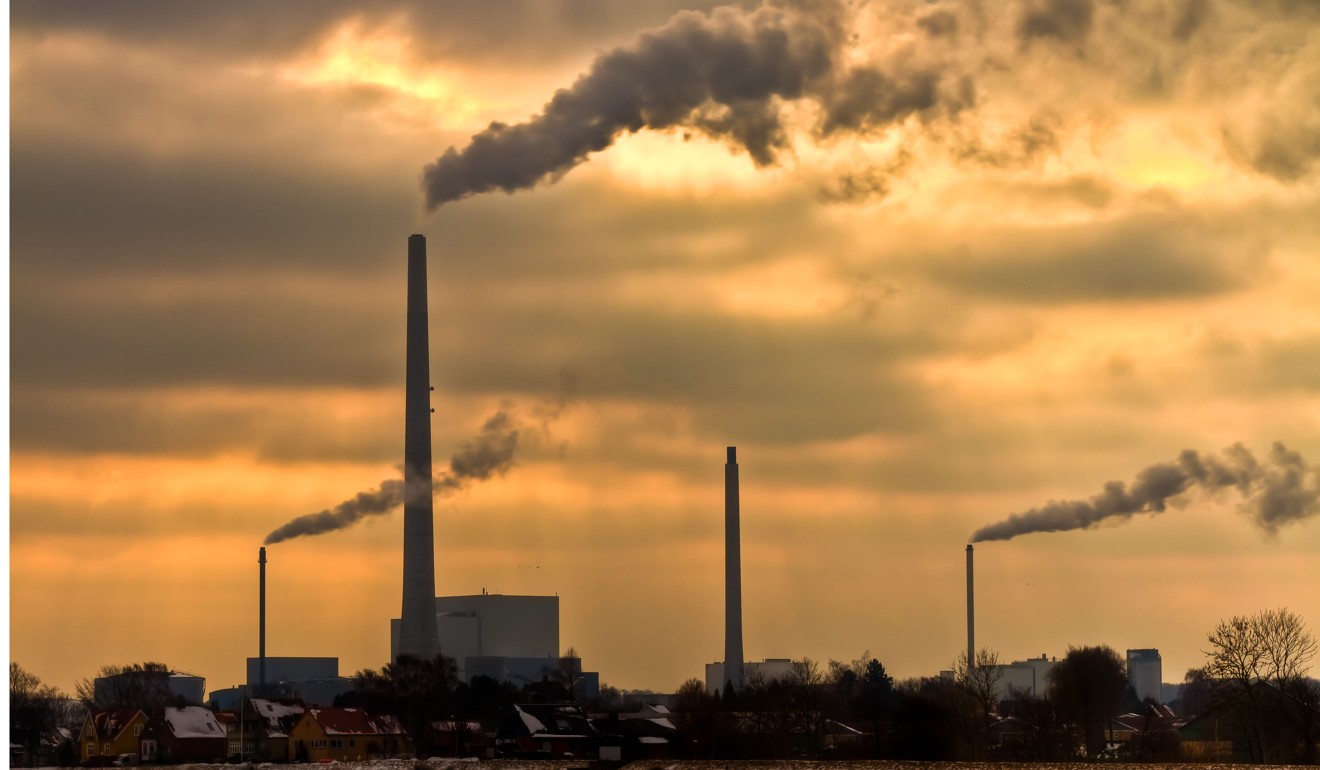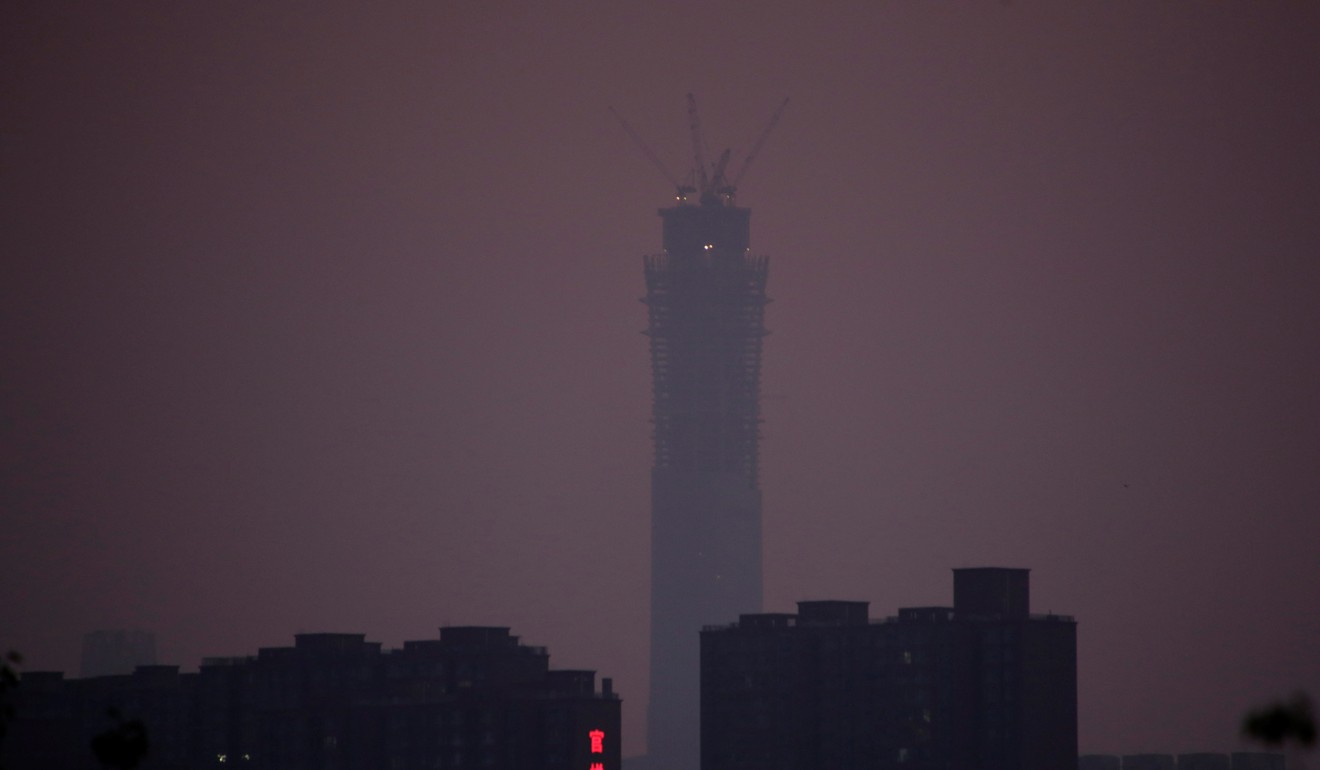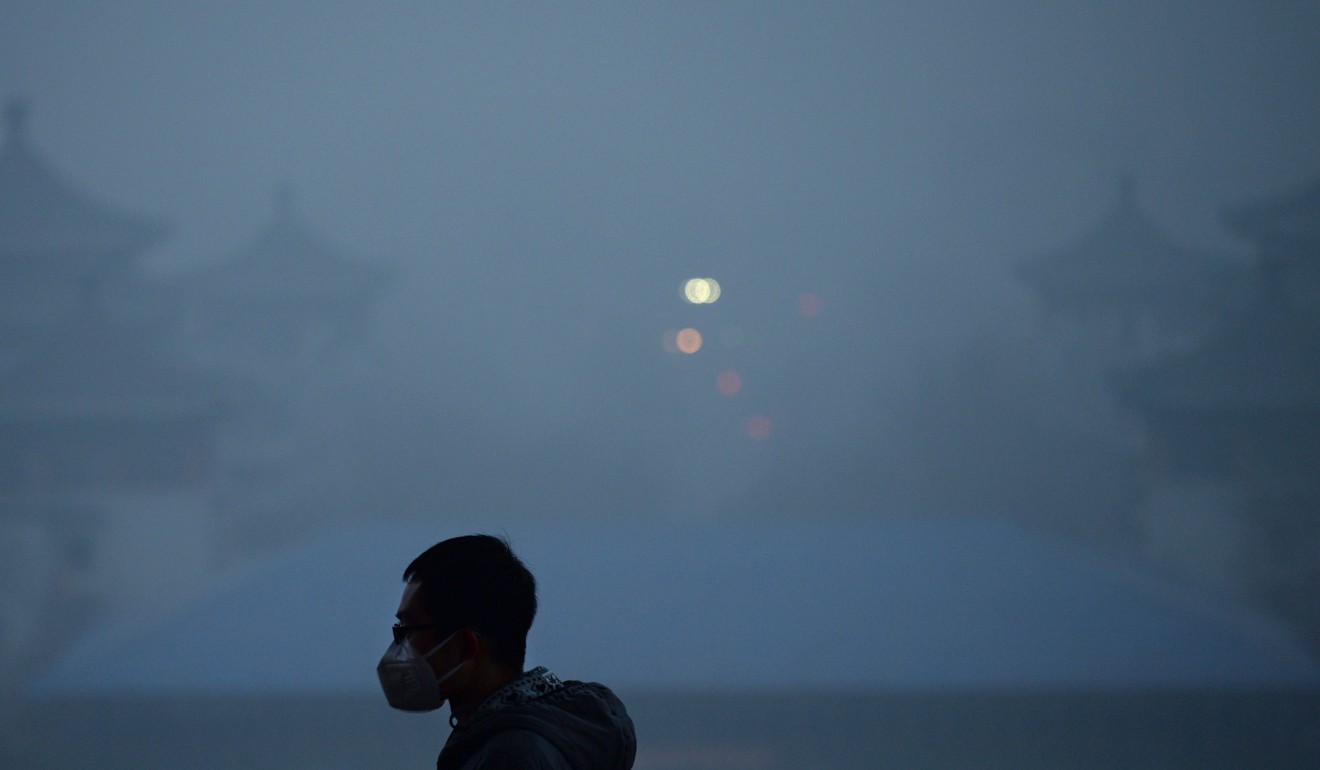
A refreshing forecast: breathing ’70s quality air may be only 13 years away for China
Study says cleaner energy could deliver air quality levels last seen decades ago
By 2030, Chinese residents may again breathe air as fresh as it was some four decades ago – but only if work continues on switching to cleaner energy sources, according to a new study by scientists from China, France and the United States.
A paper published in the journal Science Advances on Wednesday said China’s worst form of air pollution – known as PM2.5 – may have peaked a few years ago at an average of about 60 micrograms per cubic metre of air.

By 2030, as more people in rural areas moved into cities with access to cleaner, more efficient energy sources such as natural gas and electricity, and used less coal or hay for cooking and heating, the average PM2.5 level could be cut by nearly 5 micrograms, the study said.
That modest-seeming change is just substantial enough to bring air quality back to pre-1980 levels, when the nation had just started its economic boom, according to the researchers’ calculations.
The study’s lead scientist, Tao Shu of the college of urban and environmental sciences at Peking University, said that this model only factored in urbanisation, and that many other forces were driving further cuts in China’s pollution levels.
Other drivers included the government imposing heavier penalties on polluters, the adaptation of new production technologies that consumed less energy, and the widespread replacement of fossil fuels by alternative power sources such as wind, solar and nuclear plants, Tao said.

These measures had already led to a recent decline in the emission of pollutants such as polycyclic aromatic hydrocarbons, a major cancer-causing chemical; sulphur dioxide, an acid-rain trigger; and nitricoxide, an important raw material for smog formation, according to data the research team collected from environmental monitoring stations across the country.
“China has a painful history of pollution, but the darkest days are behind us,” Tao said.
“We have strong evidence to support this conclusion. It makes us feel generally optimistic about the future.”
By 2030, more than 70 per cent of the people on the mainland will be living in cities, compared with less than 60 per cent at present, according to an estimate by Tao and his colleagues.
Calculating the health impact of urbanisation-related environmental improvements, the researchers found that nearly one million premature deaths could be prevented by people breathing cleaner air.

China’s situation might look familiar to older people living in Europe, according to Wang Jingfu, a professor of chemistry with a laboratory for green engineering and technology at Tsinghua University in Beijing.
Wang, who was not involved in Tao’s research, said he believed the situation in China today was similar to that of Germany before the 1970s.
The country was in a period of severe environmental deterioration after going through decades of intensive economic development to rebuild after the second world war.
“The Germans had had enough of the pollution. The government implemented a series of measures to save the environment. By the 1990s, the situation was vastly different,” Wang said.
“This is also happening in China with results to be seen and felt in a decade or two. It is possible to cut pollution while maintaining economic growth with the use of new technology,” he said.
Tao said the scientists’ findings did not mean smog was no longer a worry. In megacities such as Beijing and Shanghai, residents would face slower improvements in air quality because large populations made it difficult to reduce certain pollutants.
“Clean air will not just sit there and wait for us,” Tao said. “We still have many years of hard struggle ahead.”

